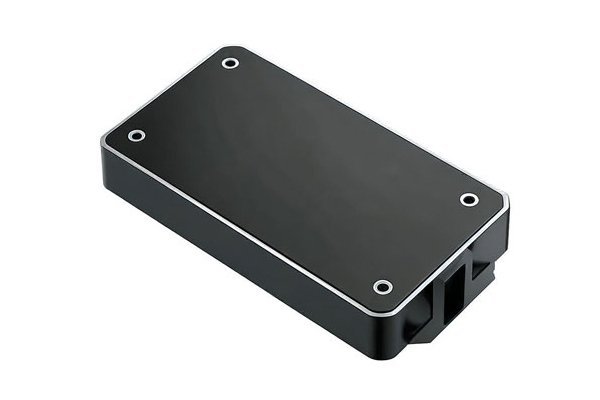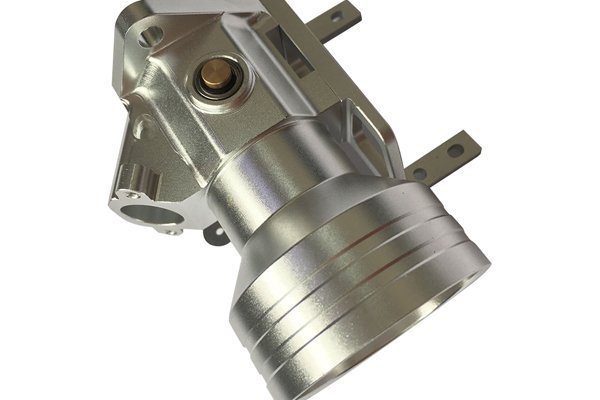Have you ever wondered why some metal components last for decades while others corrode and fail prematurely? The durability of metals, particularly when exposed to various environmental conditions, is significantly influenced by the treatment processes they undergo. For industries that rely on CNC (Computer Numerical Control) machining, understanding anti-rust treatments for materials like brass and stainless steel is crucial for maximizing longevity and performance.
Interestingly, studies show that corrosion can lead to economic losses of up to 30% in manufacturing sectors. This highlights the importance of effective anti-corrosion measures and the need to evaluate their efficacy thoroughly.
—
CNC machining is a manufacturing process that utilizes computerized controls to operate machinery. This advanced technology allows for precise cutting, shaping, and forming of different materials, including metals like brass and stainless steel. The increasing demand for high-quality components in industries such as aerospace, automotive, and medical devices has propelled CNC machining to the forefront.
The benefits of CNC machining include:
As beneficial as CNC machining may be, the inherent properties of the metals being processed can lead to challenges like corrosion. This brings us to the significance of anti-rust treatments.
Corrosion is a natural process that involves the deterioration of materials, usually metals, due to chemical reactions with their environment. Factors such as humidity, temperature, exposure to acids, and alkalis can exacerbate this process. For industries relying on high-performance components, the consequences of rust and corrosion can be critical, leading to component failure and increased maintenance costs.
Anti-rust treatments serve to protect metals from corrosion by providing a protective barrier. These treatments vary in complexity, application methods, and materials used. Understanding the different types of treatments and their specific benefits is crucial for evaluation.
—
3.
Coating treatments are among the most common anti-rust solutions. They can take various forms, including:
3.
Chemical treatments involve applying specific solutions to metals that can help prevent rust formation. Examples include:
3.
This process involves depositing a layer of metal (often nickel or chrome) onto the surface of the steel or brass part. Electroplating adds not only rust resistance but also improves aesthetic appeal.
3.
Specific to aluminum and some aluminum alloys, anodizing creates a thick oxide layer that helps increase corrosion resistance. This method is particularly beneficial for parts exposed to challenging environments.
—
Once the appropriate anti-rust treatment is applied, it’s essential to assess its effectiveness and durability over time. This evaluation can be conducted through various methods:

4.
Regular visual assessments can help identify early signs of corrosion or failure in the protective layer. This inspection is often the first line of defense.
4.
Advanced testing methods can offer insights into the durability and effectiveness of anti-rust treatments, including:
4.
In some cases, conducting tests in real-world applications can give the best insight into how a treated component performs over time. Monitoring components in their operational environment can reveal interactions with various factors—like chemicals or temperature variations—that laboratory tests may not mimic accurately.
Several variables can affect the longevity and effectiveness of anti-rust treatments:
5.
Different metals react uniquely to anti-rust treatments. For instance, the effectiveness of a zinc coating will differ between steel and brass, necessitating tailored approaches based on the material’s properties.
5.
The technique used to apply anti-rust treatments significantly impacts their effectiveness. Factors like application thickness and uniformity can directly correlate with protection levels.
5.
Components subjected to extreme conditions (e.g., high humidity, saline environments) will face different levels of risk from corrosion. Anti-rust treatments must account for these specific factors to be effective.
5.
Regular maintenance plays a crucial role in determining the longevity of protection. Components needing frequent exposure to harsh conditions may require touch-ups or reapplication of treatments over time.
—
Case Study 1: Brass Components in Marine Applications
Brass components used in marine applications often face high salinity and humidity. Treating these components with a protective polymer coating was tested, showing promising results in maintaining integrity over six months compared to untreated counterparts, which exhibited signs of corrosion.
Case Study 2: Stainless Steel Closures in Food Processing
In food processing, stainless steel closures were tested with passivation and electroplating treatments. Salt spray tests showed that components with electroplating displayed higher resistance to rust, providing a more durable solution for long-term use.
—
Evaluating the durability and effectiveness of CNC anti-rust treatments for brass and stainless steel parts is essential for industries relying on high-quality metal components. Through understanding the types of treatments available, undertaking thorough evaluations via visual inspections, laboratory, and field testing, and acknowledging the factors affecting performance, manufacturers can make informed choices in their processes.
In summary, selecting the appropriate anti-rust treatment not only ensures the longevity of components but also saves costs associated with repairs and replacements, enhancing overall operational efficiency. As industries face growing environmental challenges and stringent regulations, investing in effective anti-corrosion measures is more vital than ever.
As we advance toward a future of increased complexity in material engineering, the selection and evaluation of anti-corrosion treatments will be pivotal in promoting sustainability and efficiency in manufacturing. Reflect on the insights shared in this blog, and consider how they might apply to your projects—because the longevity and reliability of your components can make all the difference in your success.






